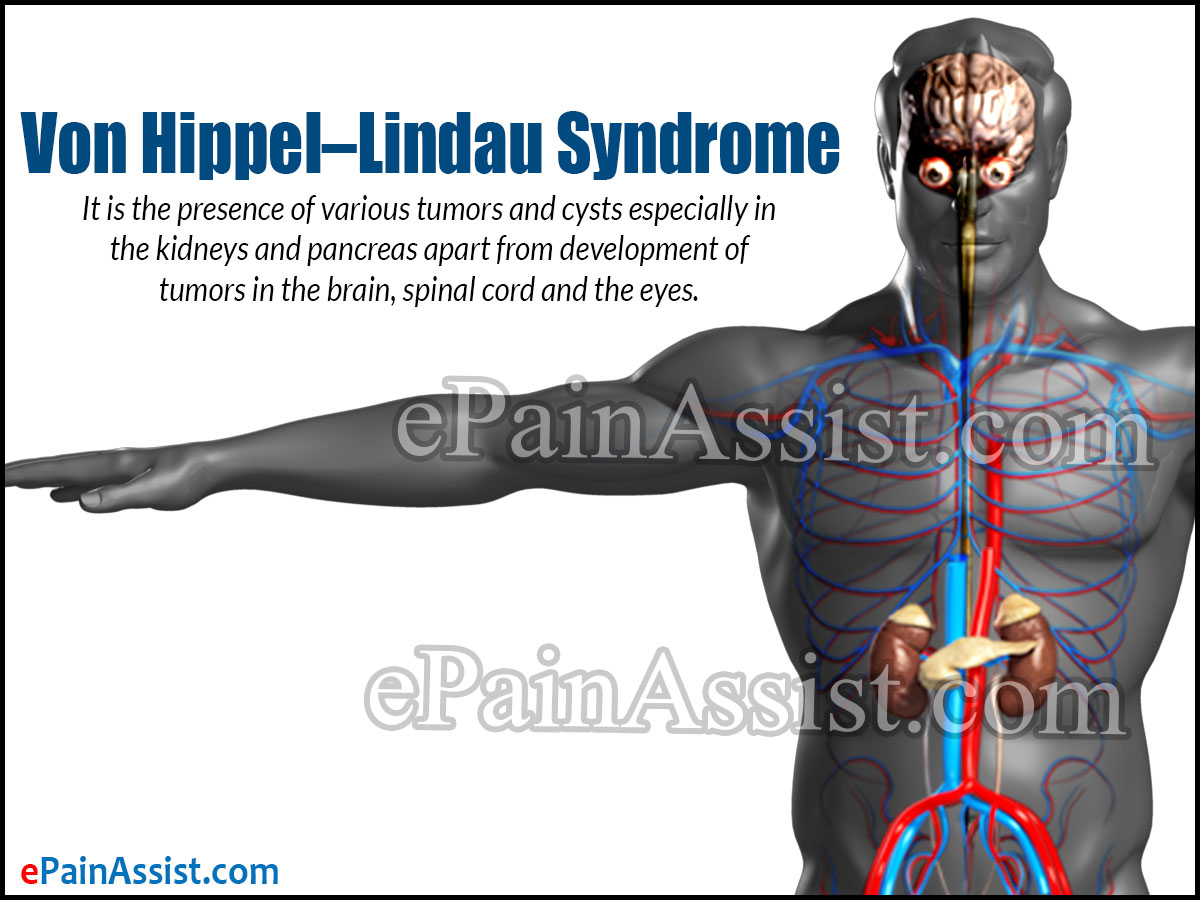What Is Von Hippel–Lindau Syndrome?
Von Hippel-Lindau Syndrome or Von Hippel-Lindau Disease is a genetic pathological condition, which is associated with tumors of the blood vessels in the brain, spinal cord, or eyes. The tumors which are formed in the eye are also called as retinal angiomas. Individuals with Von Hippel-Lindau Syndrome are at an increased risk for developing clear cell renal cell cancer or pheochromocytoma. Some of the other features of Von Hippel-Lindau Syndrome are kidney cysts; pancreatic cysts, epididymal cystadenomas.

What Are The Causes Of Von Hippel–Lindau Syndrome?
As stated, Von Hippel-Lindau Syndrome is a genetic disorder, which means that the risk for development of cancer is passed down from one generation to another. The offending gene which causes Von Hippel-Lindau Syndrome is called the VHL gene. Mutation in this gene makes an individual prone to develop cancers and other symptoms associated with Von Hippel-Lindau Syndrome.
What Are The Symptoms Of Von Hippel–Lindau Syndrome?
The main symptom of Von Hippel-Lindau Syndrome is the presence of various tumors and cysts especially in the kidneys and pancreas apart from development of tumors in the brain, spinal cord and the eyes.
How Is Von Hippel–Lindau Syndrome Diagnosed?
Diagnosis of Von Hippel-Lindau Syndrome involves the following:
- Regular and life long checkup for development of tumor.
- Genetic counseling.
- If there is a suspicion of Von Hippel-Lindau Syndrome on genetic testing then routine checkups and screenings for tumor growth is imperative.
- The diagnosis of Von Hippel-Lindau Syndrome requires a multidisciplinary approach and may involve specialists from urology, gastroenterology, neurology, ophthalmology, and radiology.
What Are The Treatments For Von Hippel–Lindau Syndrome?
It is imperative to identify and treat Von Hippel-Lindau Syndrome at the earliest if there is a family history of this disease. The treatment usually involves surgical procedures and radiation therapy. The aim of the treatment is to treat the tumors when they are small and stop them from doing any permanent or serious damage.
